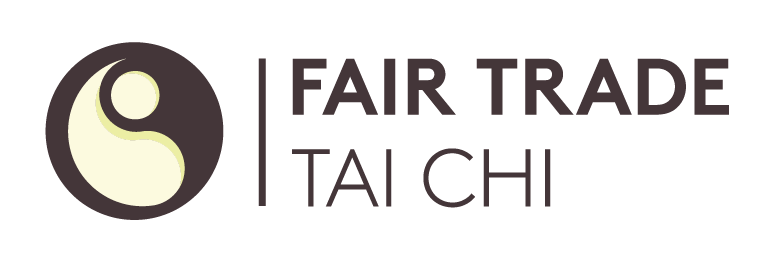I received the heavy news yesterday that John Lang had passed. He was always kind to this orphan kid and will always be loved for it.
I had the unique privilege of being a fellow student with John in two of his life's passions: Tai Chi and Acupuncture. John was a senior to me by ten years in the Nei Jia (Tai Chi, Pakua, Hsing-I) classes of the late Robert W. Smith in Bethesda, Maryland. Later, John and I were students together at the Maryland School of Acupuncture. In both settings I was able to observe how he approached learning, and life.
With his impeccable penmanship he would work his notes, rewriting and revising them, pouring over the information not to memorize it but to let it flow in. It was a process of being saturated by the material. He studied like he was starting from a disadvantage, unperceived by the rest of us, and his results were always note-perfect. In acupuncture school he devised a set of symbols for the twelve organ systems that could be drawn in one pen stoke each. This aided fellow class members in taking our own notes, and we all learned it. He eventually devised a system to record patient's signs-and-symptoms that captured the Yin/Yang duality of Chinese Medicine. Unfortunately he never published this work, as he was happy making the tools for himself and freely sharing them with others.
In Pa Kua classes, his notes were the ones that we pulled from our wallets, having been turned into quick reference cheat sheets as we were learning the names of the forms. He wrote inspirational saying and placed them around his house to encourage the good to get in - more saturation. He was always disciplined in that soft approach. In Tai Chi classes, he said that he was just trying to get his old, broken body back to health (again, John working as if from a perceived deficit).
He was the quintessential senior student: reserved and respectful of the teacher, deferential to other seniors, and helpful to juniors. John was the example that we, as junior students, looked up to. When Mr. Smith wanted to show a 'function' of a particular movement, John would encourage you with a little nudge to get you to step forward. In this way you 'felt' how the application worked, how it was being applied on you, by the teacher. John was silently teaching that saturation approach - get it in you, pour through the material, and make yourself ready for the knowledge.
I last spoke with John in December about how I had finished the year doing ten rounds of Tai Chi a day. Although I was merely duplicating his earlier training experiments, he said he was jealous of me! He had that way of making you feel your mundane achievements were to be celebrated as victories toward greatness.
John graciously wrote the forward to my first book on Tai Chi, and my second book will be dedicated to his memory.






